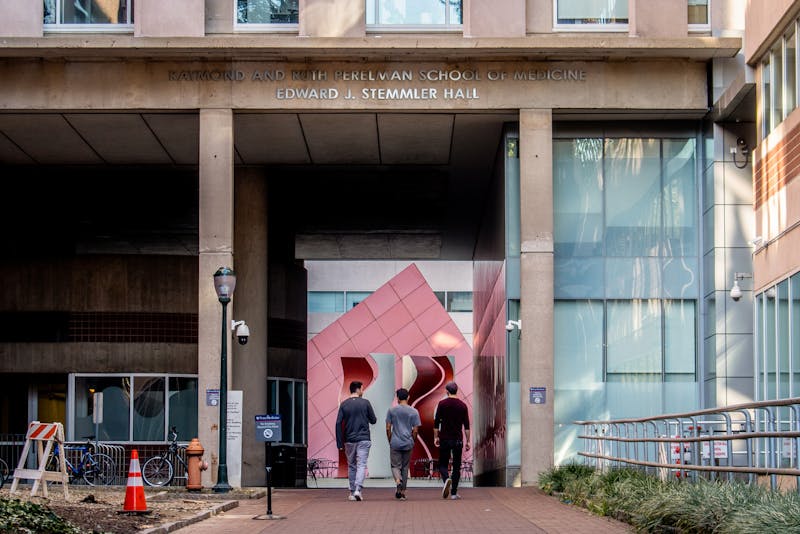Penn’s newest dual-degree program is a tight-knit community with a collaborative spirit.
Last academic year, the Vagelos Integrated Program in Energy Research accepted eight out of 130 applicants into its inaugural class. All eight students are still in the program today and the program even added two students to the class in its second semester.
This year, the class of 2017 has 13 students. Jane Dmochowskiok, managing director of VIPER, said she is looking forward to new collaborations and partnerships between students in different years now and as the program continues to expand.
VIPER is a dual-degree program between the School of Engineering and Applied Science and the College of Arts and Sciences that started in the fall of 2012. The program attracts students who want to immediately begin researching alternative ways to produce and distribute energy as undergraduates. The program gives students a chance to study both pure science and its applications. A student in the program might major in physics, which is more theoretical, and mechanical engineering.
Related: Prefreshman energized by VIPER
There were no major obstacles in the first year of the program, according to Connor Lippincottok, an Engineering and College sophomore. However, he and his classmates knew it was a new program and that some things would have to be figured out along the way.
One aspect of the program that some students found problematic was the structuring of the VIPER seminar — a class just for students in the program that lasts for two semesters and serves as an introduction to what energy research means and offers advice and preparation for success in the field.
“I think they were too ambitious in the spring, but now each class uses our time wisely and feels more connected,” Lippincott said. The class in the first semester had tried to accomplish too many things in one hour per week, he added.
Currently, the class is focusing on the variety of fields VIPER students can go into, such as environmental or engineering ethics.
This issue had no effect on the larger goal of the program, which was allowing students to begin research right away. Lippincott and his classmates were introduced to research as early as their first semester.
Albert Xiaook, a VIPER sophomore, had thought that getting into research would be stressful and complicated, but said that, with the help of program coordinators, “I found a sense of security that I really appreciate and did not expect.”
Related: VIPER receives high volume of competitive applications
Each student in the class of 2016 spent the summer on campus doing research with various professors. They then presented their work during a CURF conference in the summer, covering topics from photovoltaic or solar cells to the energy emission of solids at a nano scale.
In addition to receiving research support from faculty, the students in VIPER are a part of a supportive and encouraging peer group. Though they take the same classes in the College and Engineering as students who are not in the program, students still feel like they are a part of a tight-knit community.
Drew Lilleyok, a VIPER freshman, said, “Whenever there’s a midterm, we all get together in the VIPER room [in the chemistry building] to study. Everyone has the same mindset — it’s not competitive, it’s collaborative.”
However, VIPER also comes with a difficult workload. According to Lilley, the program requires students to complete all the requirements for the College and Engineering. The program does not allow students to bypass some of the requirements that one might expect from a dual-degree program.
Related: VIPER program looks to recruit inaugural class
“It’s just so much work,” Lilley said.
Dmochowski said that the program’s requirements seek to give students a liberal arts education in addition to one in applied sciences.
As the program continues to grow, Dmochowski said she is planning program-wide field trips and thinking about outside collaborations for the students’ senior design projects. She added that she is excited to strengthen the collaborative nature of the program.
“We’re continuing to strengthen as numbers grow,” she said.
The Daily Pennsylvanian is an independent, student-run newspaper. Please consider making a donation to support the coverage that shapes the University. Your generosity ensures a future of strong journalism at Penn.
DonatePlease note All comments are eligible for publication in The Daily Pennsylvanian.








